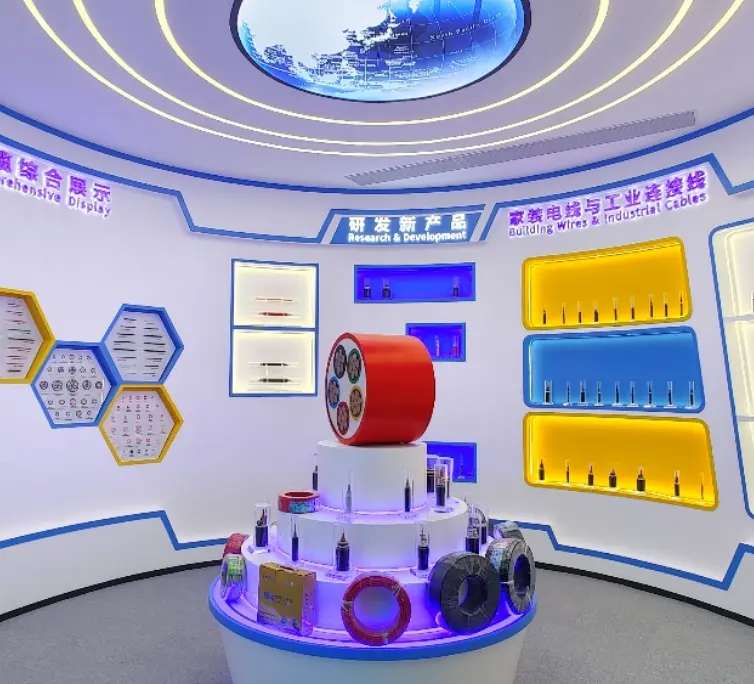What Is the Purpose of Armoured Electrical Wires and Cables
In order to protect the cable structure integrity and electrical performance and to extend the service life of the cable, it is possible to add an armour layer to the outer sheath of the cable.
Classification of Armoured Control Cables
There are generally two types of armour layers for cables: steel tape armour and steel wire armour.
To enable the cable to withstand radial pressure, a double steel tape and gap wrapping process is adopted, known as steel tape armoured control cable. After cabling, the steel tape is wrapped around the cable core, followed by extrusion of a plastic sheath. The designation method for this type of cable includes examples such as control cable KVV22, power cable VV22, and communication cable SYV22. The two Arabic numerals in the designation indicate the following: the first "2" signifies double steel tape armour; the second "2" denotes a PVC (polyvinyl chloride) sheath. If a polyethylene sheath is used, the "2" is changed to "3". This type of cable is generally used in situations with high-pressure requirements, such as crossing highways, plazas, and areas with significant vibration, like highwaysides and railwaysides. It is suitable for direct burial, tunnels, and pipeline passages.
To enable the cable to withstand greater axial tension, a process that involves wrapping multiple low carbon steel wires is employed, known as steel wire armoured control cable. After cabling, the steel wires are wrapped around the core at a specified pitch before extruding the sheath. The designation method for this type of cable includes examples such as control cable KVV32, power cable VV32, and coaxial cable HOL33. In the designation, the first numeral "3" indicates fine steel wire armour, and the second numeral "2" signifies a PVC sheath, while "3" denotes a polyethylene sheath. This type of cable is typically used in scenarios with large spans and significant differences in elevation.
Functions of Armoured Control Cables
Armoured control cables refer to cables with a metal armour protection layer. The purpose of adding an armour layer to the cable is not only to enhance tensile strength, compressive strength, and other mechanical protections to extend service life but also to improve the cable's anti-interference performance through shielding protection.
Common armoured materials include steel tape, steel wire, aluminum tape, and aluminum tube. Steel tape and steel wire armour layers have high magnetic permeability and provide excellent magnetic shielding, making them effective against low-frequency interference and suitable for direct burial installations without the need for conduits, and are cost-effective for practical use.
An armoured control cable mechanical protection layer can be added to any cable structure to increase mechanical strength and improve corrosion resistance. These cables are designed for areas prone to mechanical damage and corrosion. They can be installed using any method and are especially suitable for direct burial in rocky regions. Simply put, armoured control cables are often used as buried power transmission cables. Besides mechanical protection to extend their lifespan, the armour layer provides resistance against external forces and can protect the cable from rodent damage, ensuring no power transmission issues are caused by such damage. The armoured layer should have a large bending radius and can be grounded to protect the cable.
Latest News & Blog
 English
English  français
français  Deutsch
Deutsch  العربية
العربية  tiếng việt
tiếng việt  ไทย
ไทย  čeština
čeština  Indonesia
Indonesia  Eesti
Eesti  български
български  slovenčina
slovenčina 



